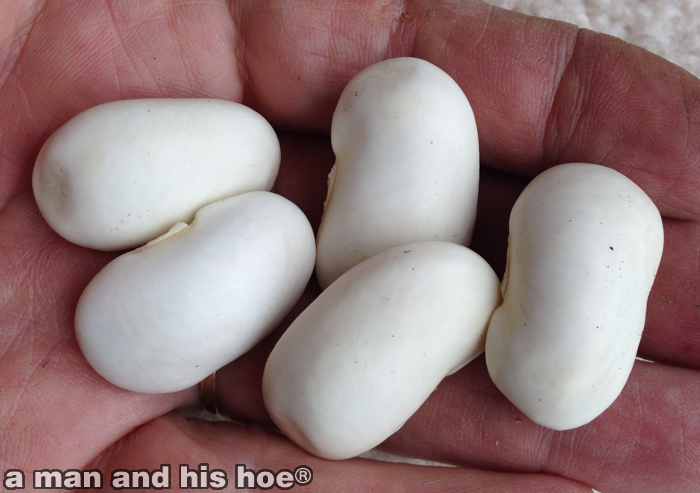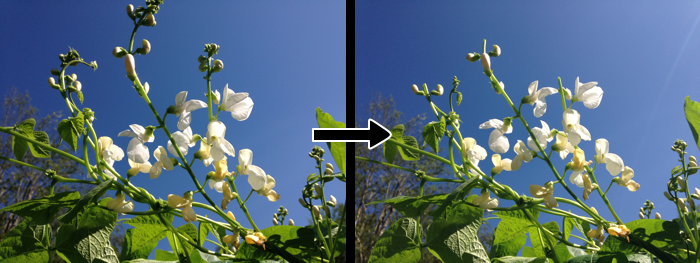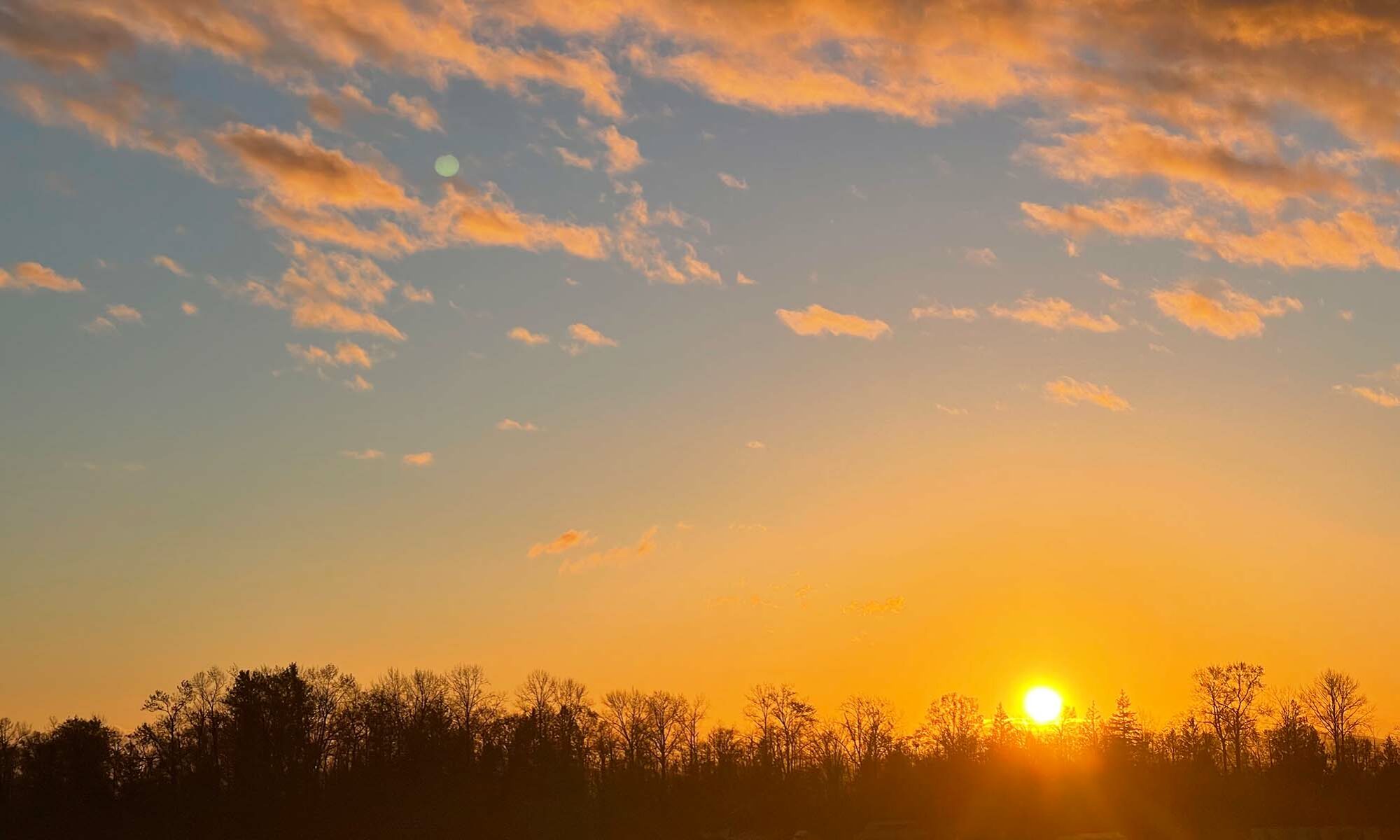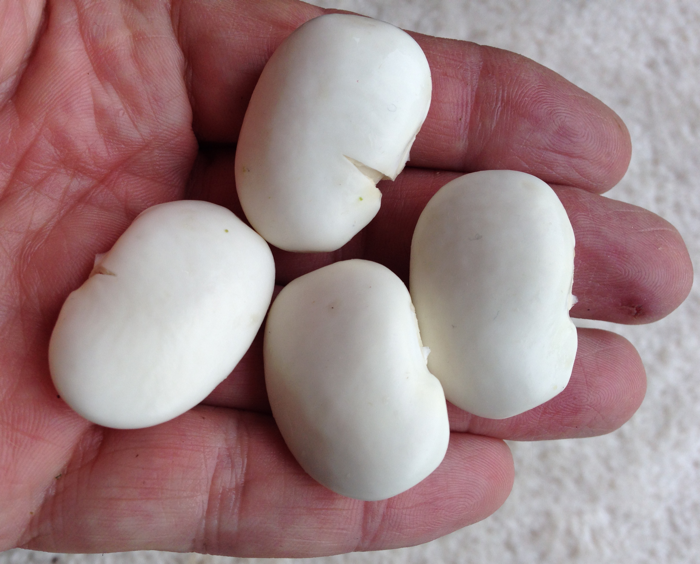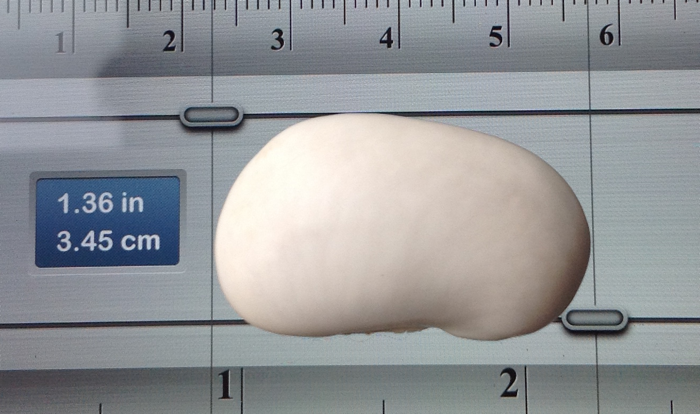Few plants match beans for their growing power. These are White Flower Beans – 白花豆 – known for their beautiful white flowers when they bloom. They are huge, white beans, more than an inch long. They do well in cooler climates so they are a good match for a man and his hoe®.

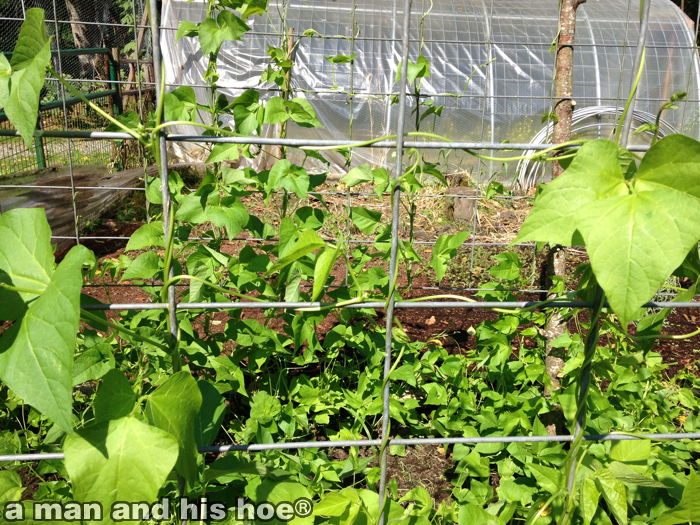
I have them growing on poles as well as welded wire fence panels which I’ve attached to poles. With the welded wire panels, I can train the vines to grow horizontally as well as vertically, making a wall of beans. In a few more weeks, they will be in full bloom. Harvest time is usually September into October. The beans grow in huge pods with three to six beans in a pod.
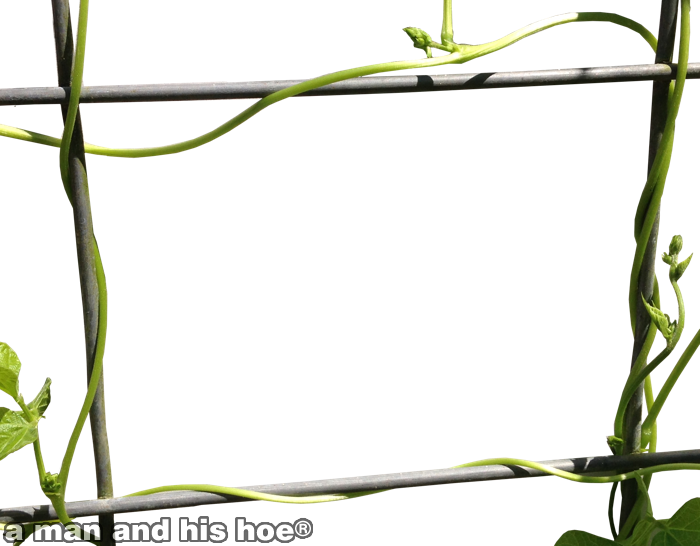
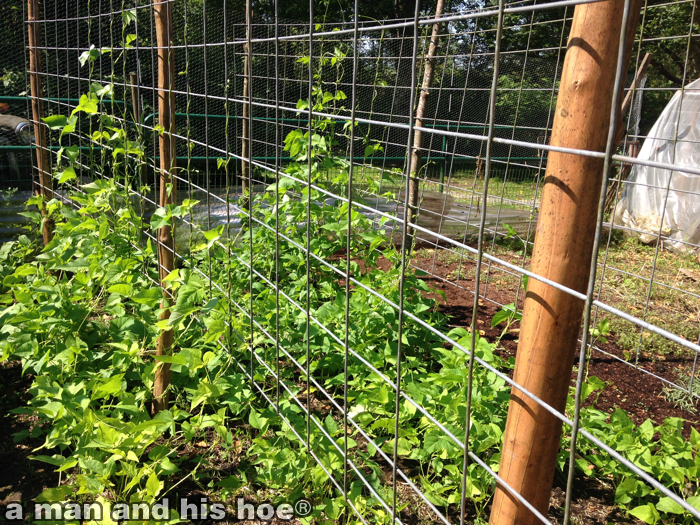
Watching them grow is like watching a monster devour a city. This year, I will be topping the vines once they reach the tops of their poles or fill out the welded wire panels. Left unchecked, they will spiral up into the heavens.
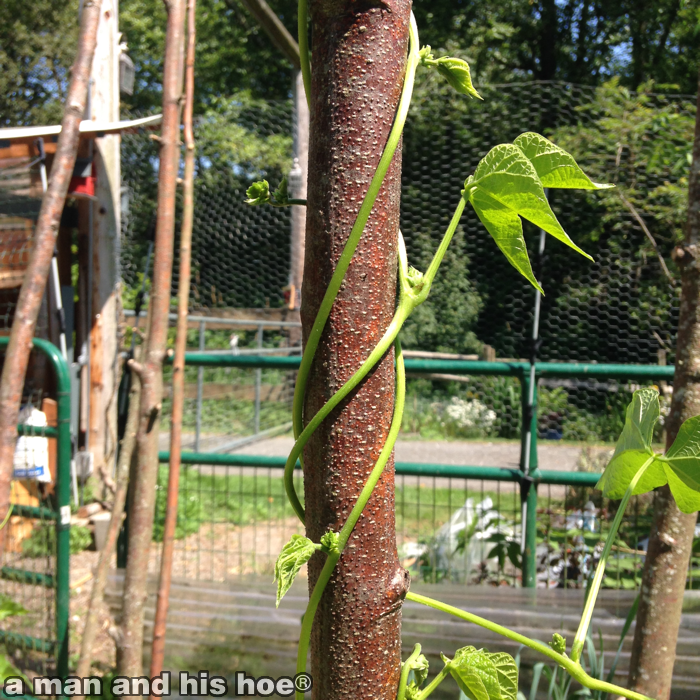
Check back with me in the October. I may have some extra for sale. Your chances of finding this special bean in your grocery store are slim to none. Few farmers grow pole beans because they are so much work. Highly mechanized agriculture limits beans to those that can be easily managed and harvested with machinery. Pole beans have been tossed out of the repertoire of grown beans in exchange for easy harvested bush beans. There are some 40,000 varieties of beans. The next time you go shopping, count how many varieties your find for sale. Ten? Twenty? Thirty? It’s just a tiny, tiny fraction out of all the wonderful varieties of beans there are.
